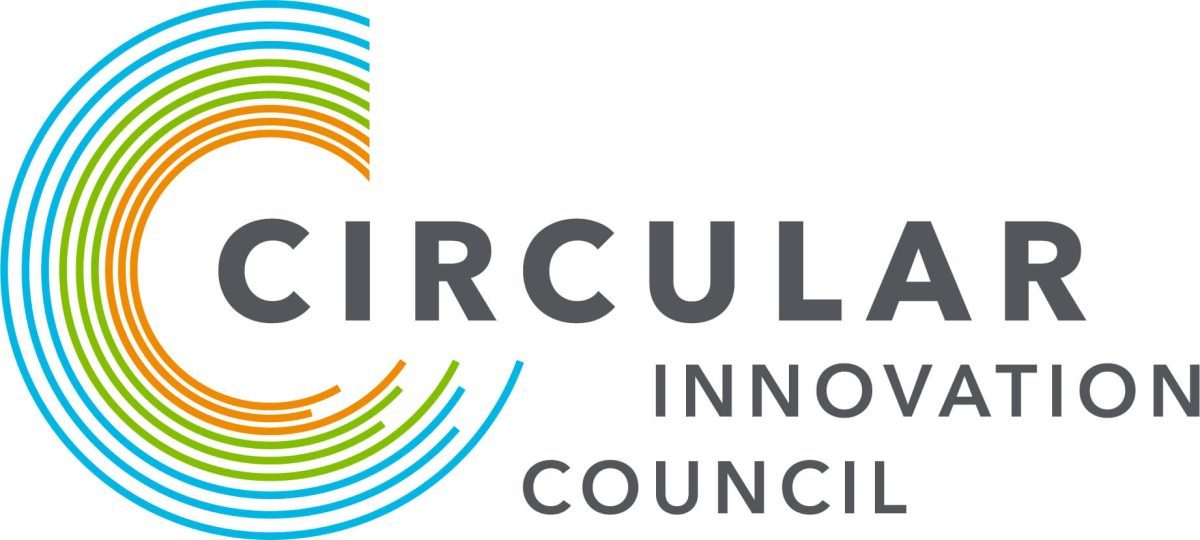
The Government of Canada has released the Single-use Plastics Prohibition Regulations (SUPPR), which can be accessed on the Canadian Environmental Protection Act Registry.
The regulations reflect input received through extensive consultations conducted by the Government of Canada since 2019, including from the tens of thousands of Canadians who expressed their support for banning certain single-use plastics. Read Circular Innovation Council’s response here.
It is estimated that the regulations would prevent more than 23,000 tonnes of plastic pollution from entering the environment over a ten-year period—the equivalent of one million garbage bags of litter.
The Regulations prohibit the manufacture, import, and sale of six categories of single-use plastics products that are commonly found in disposal and litter streams; difficult to collect and recycle; and have inherently low market value for recyclers:
The Regulations do not apply to plastic manufactured items that are waste or that are transiting through Canada. Any person who manufactures, imports or sells (including to provide free of charge) any of the six categories of single-use plastics listed above is subject to the Regulations.
These bans are shown effective when market alternatives are available, they also support reuse and improve recycling or composting outcomes. Banning items that have limited end-of-life management options also aligns with the approach of other progressive jurisdictions.
The six items included for in this ban are justified and the list should be continually expanded to include additional items according to established criteria and where the evidence supports action.
While there is no single solution to addressing plastic waste and pollution, a combination of initiatives that strike a balance of economic, environment, and social considerations will position Canada in a place of domestic and international leadership:
We respectfully acknowledge that we live, work and play on the traditional territory of many Indigenous Nations and we humbly extend our respect to Indigenous individuals, communities and Elders, past and present, as the traditional custodians of this land.
Circular Innovation Council is a registered charity.
Charity Registration Number: 119112118 RR 0001